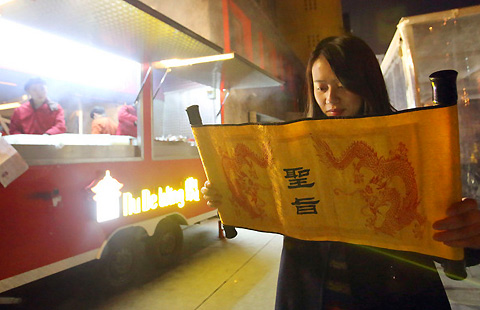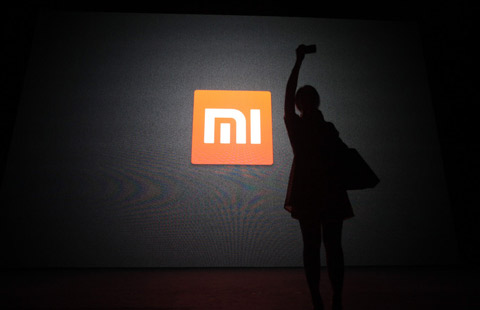Finding a fast route to European nations
By Jennifer Lo in Hong Kong (China Daily) Updated: 2014-11-24 13:07One consideration is the higher cost of using rail, which makes it a less popular option for bulk shipping.
To ship a standard 20-foot full container from China to a major European port by sea costs $2,500 on average, according to a United Nations Economic Commission for Europe report published in 2012. Shipping it by rail would increase the cost to $8,900.
"It's all about economics and trade-offs," says the UN's Yamamoto, adding that it is unlikely that global companies will abandon the maritime route anytime soon.
"It all depends on whether this small part you try to ship is valuable enough to justify the higher transport cost. It is like using a courier service. "
In short, the overland Silk Road is more of an alternative than a substitute for the maritime route.
Adding to the cost is the relatively small traffic volume of goods. It is not uncommon for the Chongqing-Xinjiang-Europe trains to leave for Europe hauling 50 full containers and return to China empty. The train line is still in search of a profitable business model.
"The return trips can target luxury products such as wine and food, which has a growing demand in China," says Henry Christensen, chairman of the China Logistics Club, a network of small and medium-sized logistics companies and freight forwarders.
Developing a niche service may be a way out. Apart from auto and IT goods, the industry is looking at a service to transport temperature-sensitive products, including medicines.
Logistics giant DHL began to offer temperature-controlled containers on the rail service between Chengdu and Poland in January, according to media reports.
Looking ahead, railway operators hope to increase the market share of the overland route to at least 7 percent by 2020, from the current 1 percent of the cargo flow between China and Europe.
"It appears to be a small number, but that's a huge market for us," says Alpysbayev.
A mission impossible? "Well, it is very hard but achievable. There are people who aren't aware an alternative route like this exists," he says.
- Cash crunch fans expectation on RRR cut
- US extends antidumping duties on China's thermal paper
- Modern food van with ancient look in Shanghai
- China home prices continue to cool in November
- Asia's top 3 billionaires all Chinese
- Old investment remedy the treatment for China's "new normal"
- China's solar sector opposes US anti-dumping ruling
- BMW to recall 846 cars in China
















